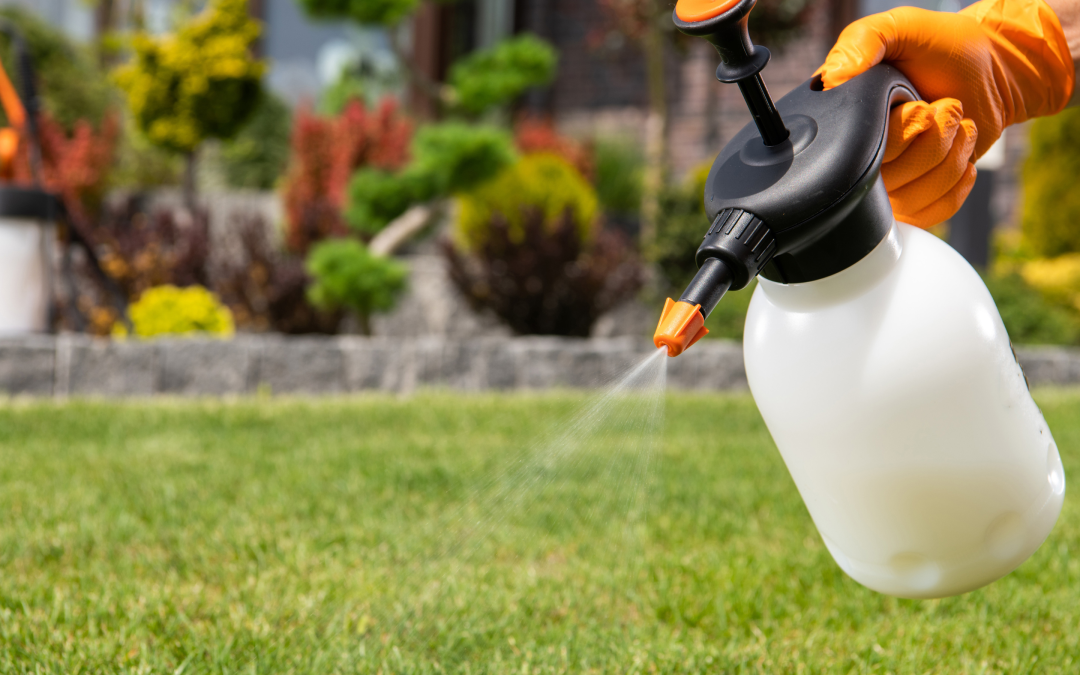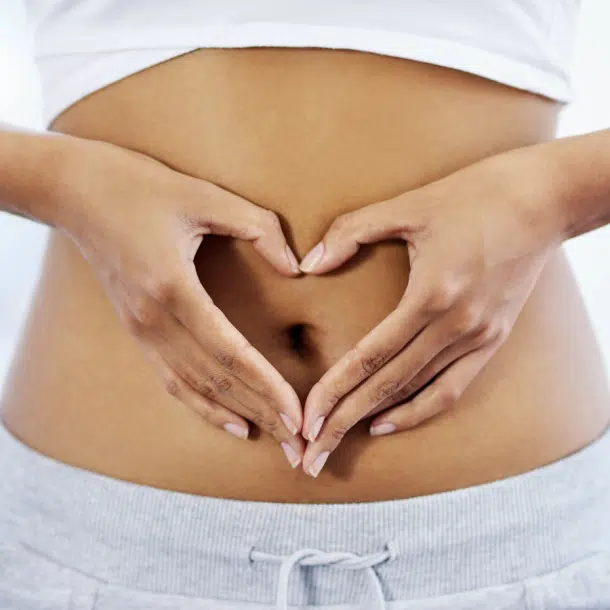How Your Digestive System Works
The digestive system consists of many organs that collectively break down food, absorb nutrients and water, and remove waste products. In addition, your intestinal lining acts as a barrier between your gut and bloodstream. This normally prevents potentially harmful substances from entering your body. Consequently, nutrient and water absorption mostly occurs in your intestines. Your intestines have tight junctions, or small gaps, that allow nutrients and water to pass into your bloodstream. How easily substances pass across the intestinal walls is known as intestinal permeability. Moreover, there are many ways manage intestinal permeability using diet options for leaky gut syndrome.
What is Leaky Gut Syndrome?
Markedly, the term “leaky gut” has gained massive attention in recent years. Increased intestinal permeability causes leaky gut syndrome. Gaps in your intestinal walls start to loosen, causing increased intestinal permeability. This makes it easier for substances that normally could not pass through the gut to now pass through intestinal walls and into your bloodstream.
Alternative health practitioners claim that leaky gut triggers widespread inflammation and stimulates an immune reaction. These various health problems are collectively known as leaky gut syndrome. Yet, there is little evidence to prove that leaky gut syndrome exists. As a result, mainstream physicians do not recognize it as a medical diagnosis. Since there are no direct therapeutic measures for leaky gut syndrome, diet options for a leaky gut are often the first go to choice for treating symptoms.
Diet Factors to Consider
Everyone can benefit from a balanced and nutritious diet. Conversely, what you choose to eat is of even greater importance when your digestion isn’t functioning optimally. When you’re developing diet options for a leaky gut, focus on foods that provide energy and nourishment without straining your digestive system.
In the case that you’re pinpointing options for a leaky gut to help treat a digestive condition, adopting permanent changes might help you manage your symptoms better. Following a particular diet that avoids “trigger” foods can prevent symptom flare ups. On the other hand, you might decide you only need to follow a specific eating plan when you’re having symptoms. Changes in diet provides short term relief and allows your body time to heal.
Diet Plan Resources
It is best to start with general guidelines and tailor your specific eating plan to suit your tastes, needs, and preferences. You may find it helpful to work with your healthcare provider, a registered dietitian, or nutritionist. If you have a digestive disorder, your healthcare provider might make specific recommendations or give you rules about what you can eat as part of your treatment. Remember to follow their instructions carefully and talk to them before making any changes to your diet.
Fruits and Vegetables
Raw fruits and vegetables are packed with fiber, which might be a problem for you if you have a digestive disease. In the event that you have symptoms when eating them raw, try peeling, chopping, and cooking fruits and veggies to improve their digestibility. Opt to juice or purée fruits for smoothies that are low in fiber. You might want to restrict or avoid high-fiber fruits and veggies such as corn, broccoli, and prunes, which are known to cause gas.
Reduce Dietary Fats and Sugars
Fats and sugars can encourage the growth of the wrong kinds of gut bacteria, and they trigger the release of harsh dietary emulsifiers that may inflame your gut.
Grains
Choosing whole grains over refined grains is usually the healthier option, but if you have a hard time digesting fiber, this may not always be the most comfortable option. Bland carbohydrates are easy to digest, can be soothing, and gives your digestion a chance to recover. White rice instead of brown rice is one option, as is plain sourdough bread for toast rather than multigrain or wheat.
Proteins
Lean protein such as chicken and turkey breast without the skin is easy to prepare and a good digestive option. Fatty fish, like salmon, are a perfect choice for leaky gut diet. Just be sure not to overcook the meat, as this can make the fibers tough to chew and digest. Eggs are another protein source. Cook eggs in a variety of ways to pair them well with other nutritious foods. On their own, eggs also pack a lot of protein for a small serving. For plant-based options, tofu and tempeh are versatile alternatives. Beans and legumes are a significant protein source for plant-based diets, but they are more likely than other sources to cause gas. Whether you’re preparing meat or meat substitutes, avoid or limit any high-fat or potentially irritating oils, butter, and spices.
Low FODMAP Diet
FODMAP stands for Fermentable Oligo-, Di-, Mono-saccharides, And Polyols, which refers to short-chain carbohydrates that can create problems in many people, especially those with digestive disorders. The low FODMAP diet is often suggested for people who have IBS and certain food sensitivities. This is because it systematically eliminates most of the common food triggers. Using it briefly may give your gut the rest it needs to repair, while also clueing you into which food triggers you are sensitive to.
Vertical Diet
World-renowned bodybuilder, powerlifter, and nutrition coach Stan Efferding developed the Vertical Diet to help weightlifters and body builders maximize caloric intake without the need to eat excess food that can take a toll on your digestive system. So why is the vertical diet one of the best diet options for leaky gut? The vertical diet is meant to limit the total quantity of food consumed, aid in food digestion, and fix micronutrient deficiencies.
How the Vertical Diet Works
The Vertical Diet gets its name because of how it’s laid out — like an upside-down T. At the bottom, underneath the bottom of the T, you have some starches, dairy, fruits, and veggies that provide key micronutrients (vitamins and minerals) necessary for things like organ health, hormones, and more. At the top — the vertical axis — are two foods: red meat and white rice, which will provide you with all your macronutrient needs (protein, carbohydrates, and fats) and most of your calories. Why red meat and white rice? Efferding says those foods are the best way to get as many calories as possible without disrupting the body’s digestion system. And the rest of your foods, the ones at the bottom, help aid in that digestion and other bodily functions. However, while white rice is easily digested, the diet is restrictive and lacks fiber-rich foods such as lentils and broccoli, which are essential for digestive health and function.
Final Considerations
Making Changes to Your Diet
It is recommended to check with a healthcare professional before making any major dietary changes. Diet options for a leaky gut can be nutritious and satisfying if the dietary changes you choose are not too restrictive. If you severely limit what you eat or cut out entire food groups, you may find yourself deficient in nutrients and motivation. On condition that you become deficient in key vitamins and minerals, your healthcare provider might suggest you try adding liquid nutrition supplements to your leaky gut diet. They may also want you to rework your diet to ensure you can get adequate nutrition from what you eat.
Some recommendations for a leaky gut diet might not be safe for you. You’ll need to talk to your healthcare provider before completely cutting something out of your diet. A heavily restrictive diet is not likely to provide adequate nutrition and energy. Use these diets on a short-term basis and/or under the care of your healthcare provider.
How These Changes Can Affect You
You might notice changes in your digestion any time you change how or what you eat. It’s not unusual to have some temporary issues while your body adjusts. For example, if you alter the amount of fiber in your diet, you’ll likely see a direct effect on your bowel habits. Usually, these changes will level off as your body gets used to your diet. However, if they do not or they get worse, you may need to reconsider the change. Drinking more water or adding a fiber supplement might be enough to combat constipation. If you develop diarrhea that doesn’t get better after a few days, check with your healthcare provider. The symptom might be a sign of another health issue, and prolonged diarrhea can cause you to become dehydrated.
References:
- https://www.frontiersin.org/articles/10.3389/fnut.2021.717925/full#h7
- https://www.healthline.com/nutrition/leaky-gut-diet#what-it-is
- https://www.verywellhealth.com/leaky-gut-diet-4773680
- https://barbend.com/vertical-diet/
- https://fitnessvolt.com/vertical-diet-ultimate-guide/
- Nanayakkara WS, Skidmore PM, O’Brien L, Wilkinson TJ, Gearry RB. Efficacy of the low FODMAP diet for treating irritable bowel syndrome: the evidence to date. Clin Exp Gastroenterol. 2016;9:131-142. Published 2016 Jun 17. doi:10.2147/CEG.S86798








